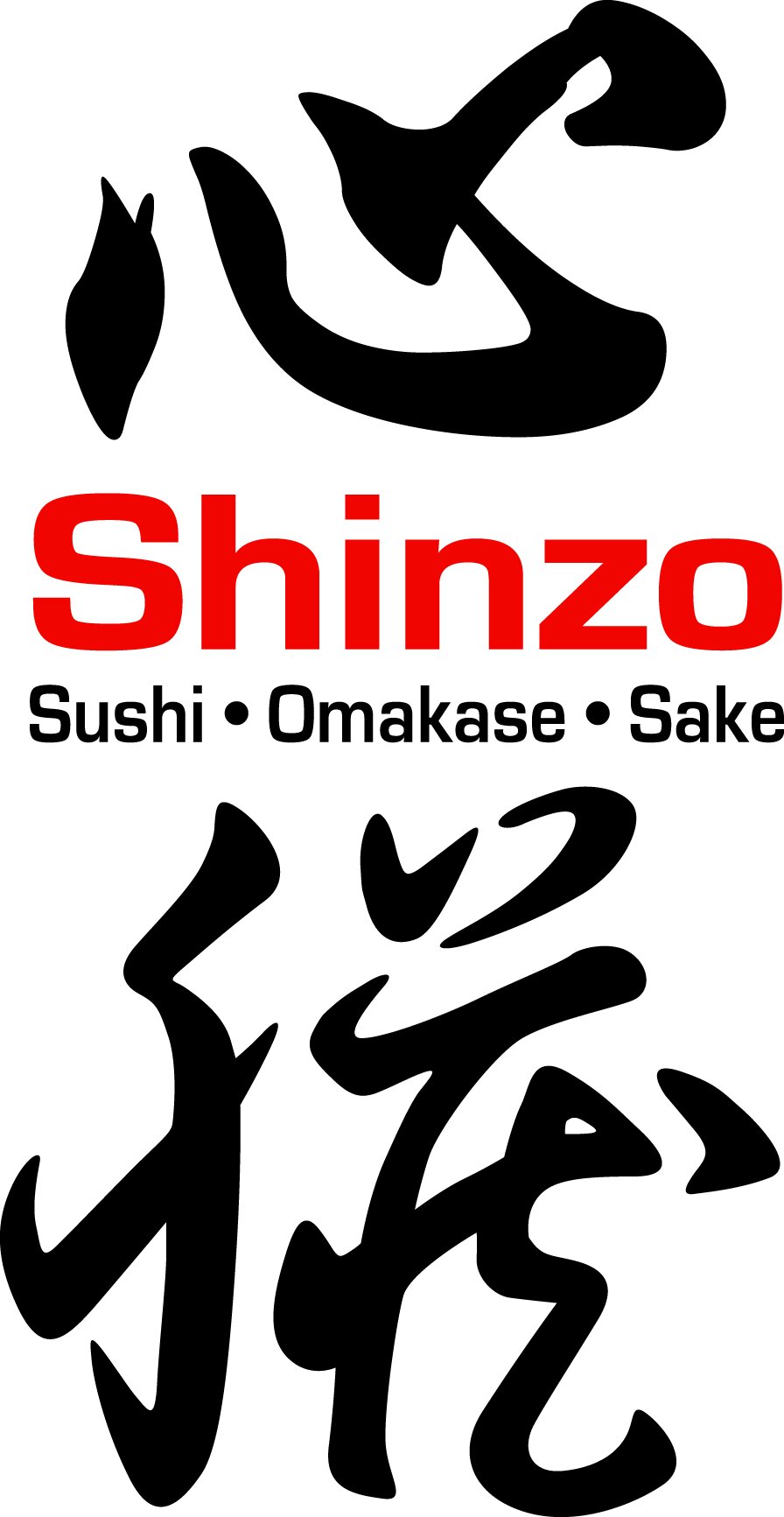Most Popular Fish Served as Sashimi: The Ultimate Sashimi Guide
Sashimi, a Japanese delicacy that consists of thinly-sliced raw fish, is a common dish in Japan. You might be familiar with the more common names such as Salmon and Tuna. However, with the sheer number of fish that can be fillet into sashimi, it’s inevitable that you might be overwhelmed by the menu at Japanese restaurants, especially at an Omakase restaurant, where the type of sashimi is commonly decided by the chefs. To allow you to fully enjoy your experience, here’s a list of the most popular types of Japanese fish that chefs use for sashimi, along with their pictures and names, and what to look out for when savoring them.
Salmon (Sake)
Source: Freepik
Probably the most renowned type of sashimi, Salmon is actually not indigenous to Japan and was not a popular item amongst Japanese traditionally. The thing is, the Salmon that Japanese were used to eating had parasites, thus had to be cooked before eating. However, the Salmon sashimi that we see now are from Norway, which were safe to eat raw. Additionally, according to NPR, Salmon was the fish that placed Japanese sushi in the international spotlight!
2. Bluefin Tuna (Maguro)
Source: Freepik
The Bluefin Tuna is just as popular as the Salmon, and maybe even more so amongst Japanese. Bluefin Tuna, also known as Hon Maguro (translating to true tuna), has ascended from a low-class dish to one of the hottest items on the menu, according to The Japan Times. Tuna is commonly portioned into 3 different grades, akami, chu-toro and o-toro. Akami, the cheapest and most abundant section of the fish, is a bright red lean meat, which popularity started to peak after the locals started marinating them in sauce and serving them atop of rice, also known as tekka-don (red hot iron rice bowl). Meanwhile, the o-toro, is the fattiest part of the tuna, and also the most expensive due to its low supply.
3. Hokkaido Scallop (Hotate)
Source: Freepik
Touted as ‘Japan’s Candy Of The Sea’, the flavor and texture of Hokkaido Scallops are second to none. They are more tender, sweeter and creamier compared to their Atlantic counterparts.
4. Sweet Shrimp
As the name suggests, Sweet Shrimp has a hint of sweetness, accompanied by a slimy, smooth texture. A good amaebi has a clear meat, without only light stains of pink. Any dark shades are signs of bad quality. Meanwhile, other variations of sweet shrimps are botan ebi, a plumper version of the amaebi, and shiro ebi, a whiter and slimier alternative.
5. Surf Clams (Hokkigai)
Source: Freepik
Surf Clams possess a different quality from the above types of sashimi, with a chewy, slightly crunchy texture and is accompanied by a refreshing sweetness. Its name comes from its habitat, which are buried in the sand in offshore and surf zones. With its captivating ombre of red and white, the image of this sashimi will no doubt be imprinted in your mind.
6. Horse Mackerel (Aji)
Source: The Sushi Geek
Aji peaks in the summer, when its flavor and fats are at optimal level. Compared to its relatives in the mackerel family, the Horse Mackerel is smaller and lighter in flavor. To highlight the flavors, it is usually garnished with wasabi, ginger, and scallions.
7. Amberjack (Kanpachi)
The origin of the Amberjack’s name is derived from the kanji for the number eight ("hachi") which looks like this: 八, which resembles the shadow over its eyes when viewed from above. It has a nice firm flesh, with a balanced fat content. And its exquisite sweetness renders it possible for our chefs to concoct this beautiful carpaccio which dresses it with truffle oil, caviar and fish roe.
8. Octopus (Tako)
The Octopus is a common dish seen throughout all cultures, but it’s regarded as an anomaly in the sushi world. Unlike other fishes that are served raw (or aburi, which is to lightly torch before serving), the Octopus is almost always boiled in order to bring out the full flavors of the dish, but more importantly to tenderize it. To ensure a proper crunch, it’s also imperative that the chef slices it a precise thickness.
9. Swordfish (Mekajiki)
Source: Eatbook
The Swordfish’s high fat content results in a butter-like consistency. While the Swordfish might be majestically large, the edible portion is ridiculously little, resulting in a high price for this exotic fish.









